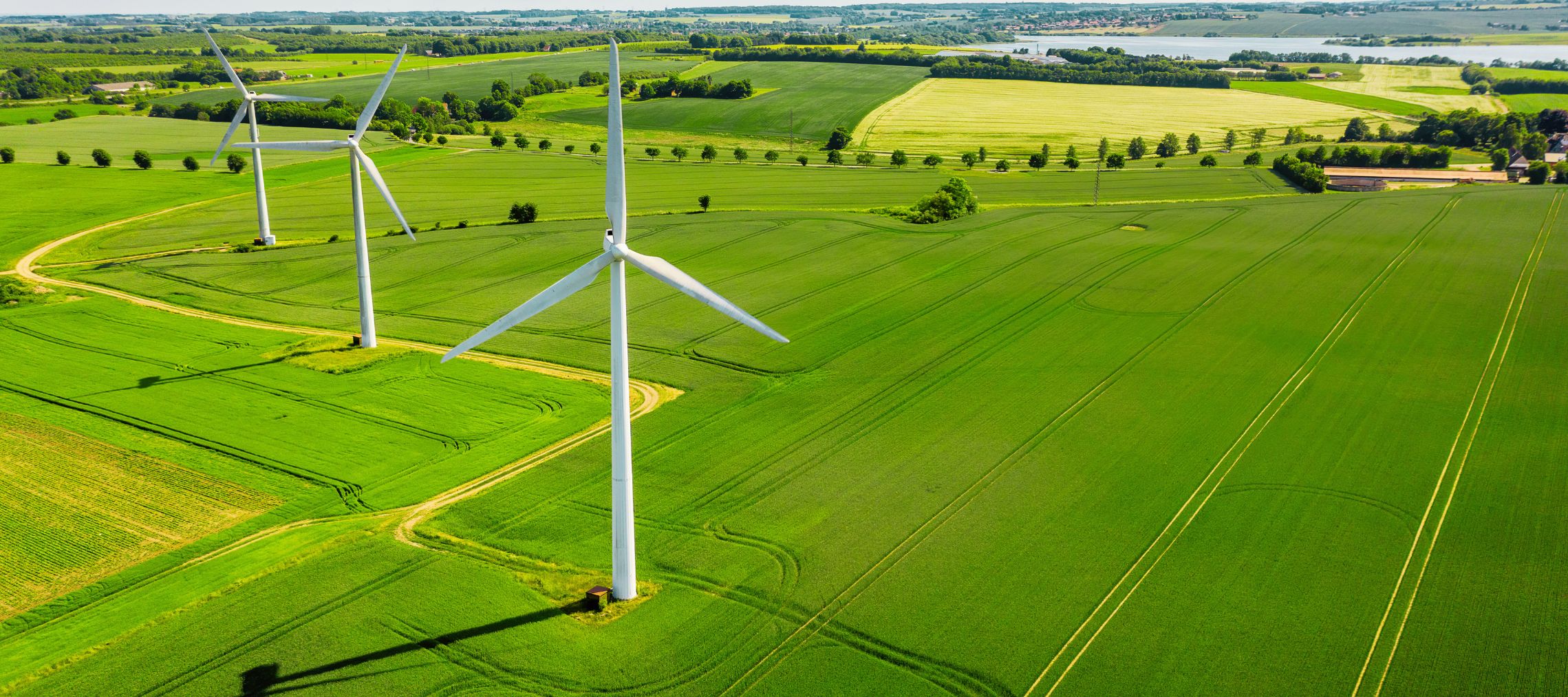Rajasthan, India’s largest state by area, holds the highest renewable energy potential in the country, with 284 GW of wind energy potential and 142 GW of solar energy potential. In December 2024, the total installed electricity generation capacity in Rajasthan stood at approximately 43.5 GW, of which renewables constituted 70 per cent (contributing around 30.5 GW). The state also houses one of the largest solar parks in the world at Bhadla.
Rajasthan’s latest policy, the Integrated Clean Energy Policy 2024, aims to “establish a green energy ecosystem and catalyse a systemic response to the opportunities and challenges of this sunrise sector”. The state has set an ambitious target of installing 125 GW of renewable energy capacity by financial year (FY) 2029-30 under this policy.
A recent study by the Center for Study of Science, Technology and Policy (CSTEP) found that an investment of around Rs 2,118 crore would be required to upgrade Rajasthan’s transmission infrastructure for integrating the proposed 119 GW of solar and wind projects (at a voltage level of 220 kV and above) in the state by FY 2029-30. This is in addition to the investment needed for implementing the transmission network proposals by state and central authorities.
The requirements related to the upgradation and expansion of Rajasthan’s transmission network are substantial for transitioning to a high renewable energy scenario. Additionally, the transmission network has to deal with the issue of meeting night-time load — a major challenge that comes along with integrating more renewable sources into the grid. For instance, for the agriculture sector, conventionally, electricity is supplied on a rotational basis (daytime and night-time), considering the number of hours of power supply allocated by the state policies for the sector. A good strategy for resolving the issue of night-time load management in this case would be to shift the night-time load to daytime, as part of demand-side management (DSM), and utilise the solar power supply during the day. However, given the limitations of the transmission infrastructure in supplying the entire connected load at a time, transmission network strengthening becomes a vital prerequisite for this strategy to work. This, in turn, calls for undertaking comprehensive transmission planning studies to assess the capability of the existing infrastructure, identify network constraints, and determine network strengthening measures for effectively utilising solar power during the day, when most of the night-time load is shifted to daytime.

